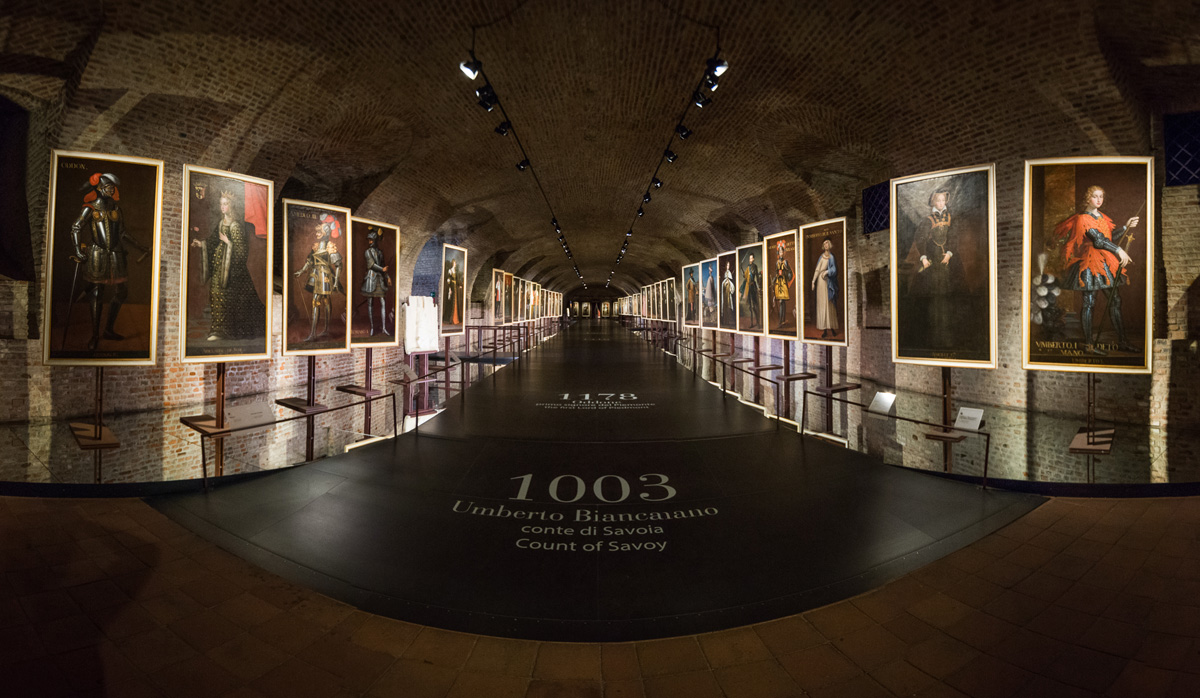Nine stages, nine ideas and nine spaces take you on a journey through the Palace, seen from a new perspective. More than just a tour of a stately home, this is story of the Reggia and of the emotions and ideas it evokes. It is many things: a building, a residence, an urban design project, a metaphor, a Utopia and a symbol of power. It is the fruit of a vision whose stratification of styles and eras remains true to every period of history that has passed through its walls.
Words are small things, but they contain images, some of them immense. They hold emotions and sentiments which are infinite, and indefinable. They hold the past and the future, weaving stories in which we can see ourselves.
These nine words are like an archipelago of islands, waiting for you to explore.
Idea and voice: Gian Luca Favetto
Graphic design: Leandro Agostini
Editing: Gianluca Negro
A project by the Consorzio delle Residenze Reali Sabaude
2 – ROOTS
This is the underground of the Palace. It is rather like a machine room, with a constant hum of activity, producing energy and fuel.
Into the depths of the Reggia. This is where people create, product and work, to support the rich world above, which thrives on light, magnificence and power.
Here is where the roots are. But “roots” can have two meanings.
It can mean origins: these are my roots, the source of the thousand-year history of the House of Savoy and its counts, dukes, princes and, of course, the kings. Nothing is born from nothing. Everything starts with a story, which leads to another story…
Walk through the 17th-century Orangery and discover the faces and names of the House of Savoy …
In the beginning there was Umberto I Biancamano, also known as Humbert the White-Handed, Count of Moriana and forefather of the dynasty. According to ancient records he was the son of a certain Berold, a descendant of the emperors of the Holy Roman Empire, who fled from Saxony.
These are the roots entrenched in legend and used by genealogists.
But we can also see other simpler, more solid roots in these rooms. In the basement are the cooks, the scullery maids, servants, errand boys, washerwomen, apprentices and butchers, all toiling and bustling between kitchen and storeroom, cellar and pantry. The rooms have magically evocative names: the coffee laboratory, the magazzino delle tavole, the fruit store, the pastry laboratory, the cucina de’ reali infanti, magazzino del minusiere Vietto…
It is the work of these men and women who laboured unseen to give life and nourishment to the dazzling splendour up there on the royal floors.
Share
Send to a friend
Send to a friend







